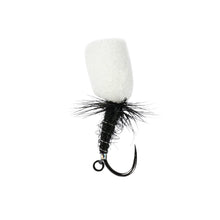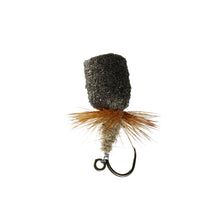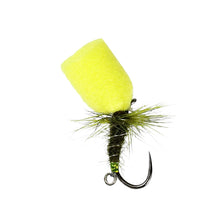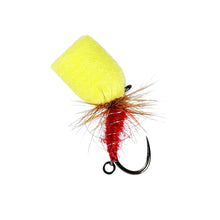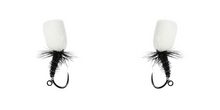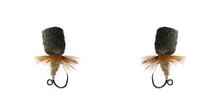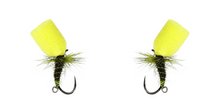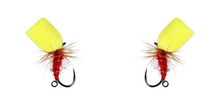
We've been after these stillwater beauties for quite a while - and finally, we have them, thanks to those masters at Caledonia Flies. These are our take on Dinkhamers for Stillwaters (barbless - obviously) - imaginatively called Stillwater Dinkhamers. These barbless flies make ideal patterns for fishing one of the most successful stillwater methods available - the Washing Line (more details on this method below).
These flies are tied on a barbless size 12 hook and are specifically designed to hold up either one or a team of flies, in even the most choppy of stillwater/reservoir conditions (they also work surprisingly well on rivers - using the Klink n Dink method). These flies really come into their own at this time of year when the fish are sipping buzzers and are really productive on the smaller stillwaters during Autumn and Winter - fished static!
This fly is only available in size 12.
What's the Washing Line method I hear you ask?
The washing line method is a technique designed to let you fish an emerger/buoyant fly on the point with a team of buzzers/nymphs suspended just below the surface of the water using a floating fly line - it hangs just as a washing line would - suspended by the floating fly one at one end and the buoyant point fly at the other). Normally when fishing with buzzers or nymphs, they would descent down through the water column slowly (which is a good way of searching to find the depth the fish are feeding at). However, the 'Washing Line' method allows you to keep all of your flies just below the surface where the trout are most likely to feed.
Using this method requires you to use a much longer leader (in excess of 10'). As a general rule, use a leader of around 12' to 14' (this also makes it much easier to net the fish once you have caught it, as you will not end up with any of your flies hanging in the top ring of your rod). A good initial setup when starting out is to space your flies on short droppers (about 12" long) each one 3 feet apart - this makes it easier to cast. If your having problems casting it, just use a buoyant point fly (like our Stillwater Dinkhamer) and two droppers.
I like the sound of that, when should I use it?
Always use this method when the fish are high in the water and sipping buzzers or taking the insects as they emerge. Check out the rise form of the fish, look for a 'head and tail' rise - think of the way a dolphin breaks the water surface, first you see the head, then the dorsal fin, followed by the tail. This will be the first indication they are taking buzzers.
Choose your colour and then click "Add to Cart", you can adjust the quantities in your cart.








